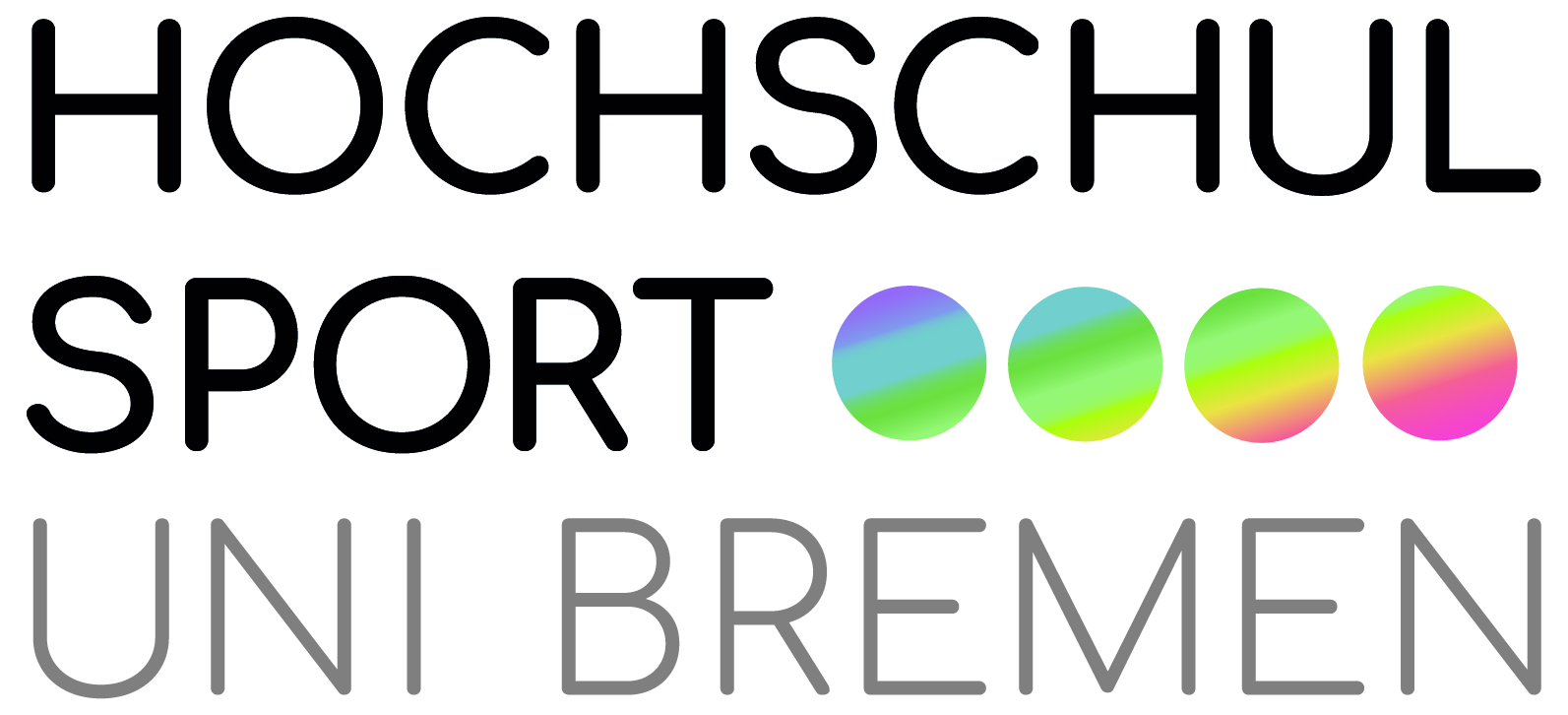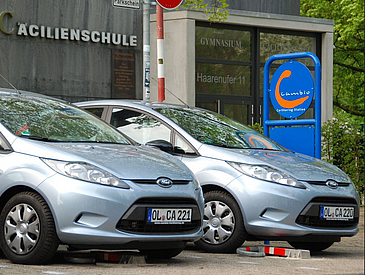The growing need for mobility goes hand in hand with an increase in damage to the vehicles operated by car-rental and car-sharing enterprises. “Especially very minor damage tends to trigger disputes between rental companies and their customers – a problem that threatens to be a obstacle for future mobility concepts. Innovative electronic systems which automatically identify damage could be the answer”, explains Prof.Karl-Ludwig Krieger, leader of the “Electronic Vehicle Systems” research group at the University of Bremen.
Researchers working in the collaborative project entitled “Configurable Electronic Damage Identification System” are developing an electronic damage identification system for vehicles that is based on the evaluation of structure-borne sound signals. Partners in the research project are Hella FahrzeugkomponentenGmbH, Berger ElektronikGmbH, and the research group for “Electronic Vehicle Systems”, which is embedded in the Institute for Theoretical Electronics and Micro-electronics (ITEM) at the University of Bremen. The system is being tested in a flotilla run by the nation-wide car sharing enterprise cambio MobilitätsserviceGmbH & Co. KG and linked into the company’s processes for vehicle and damage management. Over the next three years, the project will be funded to the tune of one million euros by the German Ministry of Education and Research (BMBF) within the context of a program called “KMU-innovativ” [SME Initiative].
The electronic system recognizes minor damage like small dents in the bodywork by means of a network of sensors. The damage is subsequently classified and described spatially. “These innovative intelligent sensor nodes are constantly ‘listening’; this also enables us to improve protection for passersby and passengers inside the vehicle“, Manfred Meise, Managing Director of Hella FahrzeugkomponentenGmbH, explains how the new groundbreaking technology works. An on-board computer transmits the recorded data to the vehicle management system operated by the car sharing enterprise. This facilitates the handling of claims. “The system will enable us to streamline processes and bring about a sustainable improvement in customer relations”, adds Joachim Schwarz, Managing Director of cambio MobilitätsserviceGmbH & Co. KG.
The modular electronic system lends itself to a number of different applications. Variations on product design can facilitate introduction into vehicle manufacture, or uncomplicated retrofitting once the product has become commercially viable. Other applications may also be possible, such as surveillance functions in logistics processes. This could lead to the real-time registration and documentation of damage caused to expensive items like fragile machinery or high-voltage batteries during transport. “For medium-sized enterprises like us the development opens up opportunities to introduce new products in small flotillas or special transport solutions”, explains Jochen Retter, head of product development at Berger ElektronikGmbH in Sindelfingen.
Further information can be found on the Internet under http://www.kess.uni-bremen.de
Further information:
Universität Bremen
Fachbereich Physik / Elektrotechnik
Institut für Theoretische Elektrotechnik und Mikroelektronik - ITEM
Elektronische Fahrzeugsysteme
Prof.Dr. Karl-Ludwig Krieger
Phone: +49 421 218 – 62550
e-mail: kriegerprotect me ?!ae.uni-bremenprotect me ?!.de
www.ae.uni-bremen.de


